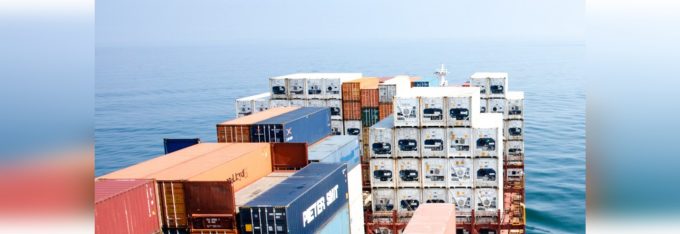Evergreen looks closer to home to replace ageing feeders
Taiwanese mainline operator Evergreen is reportedly negotiating with compatriot shipbuilder CSBC Corp for an order ...

Charterers are prepared to break the bank to fix container feeder tonnage and, according to one shipowner, the market could remain highly elevated for several years.
“We are witnessing an historically strong charter market, with rates at record high levels, while charter periods are getting longer ...
Keep our news independent, by supporting The Loadstar
Four crew members still missing as Wan Hai 503 continues to burn
Explosions and 'out-of-control' fire reported on Wan Hai box ship
Carrier price hikes hold, driving spot rates higher as space gets scarcer
Crew forced to abandon ship in latest fire on vessel carrying EVs
The Loadstar Podcast | Transport Logistic and Air Cargo Europe 2025
Transpacific rates ease as capacity boost proves too much for trades to digest
Turkish Airlines falls foul of air safety regulations, claims India's aviation authority


Comment on this article